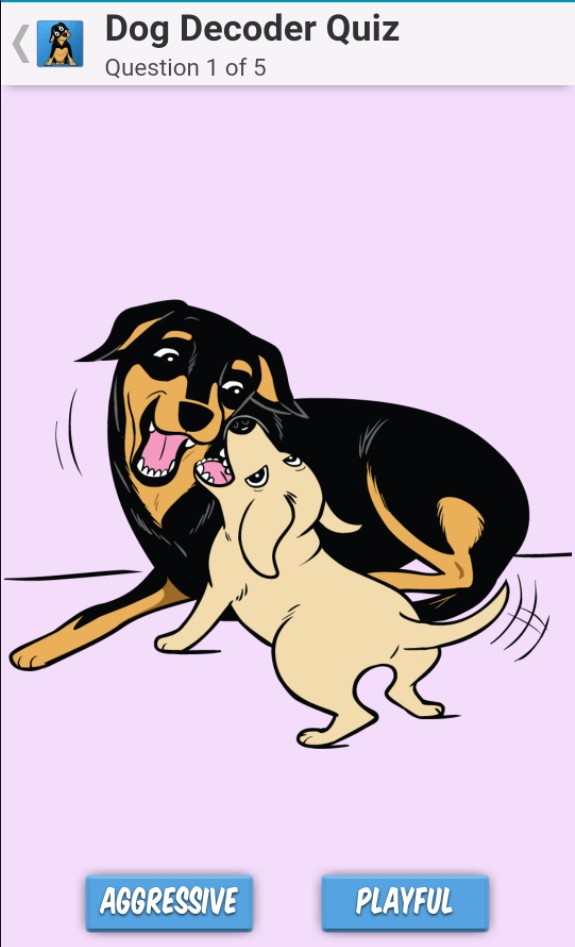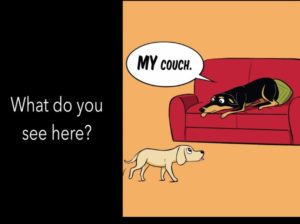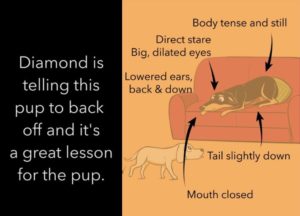
This past week I took on a client with a fearful aggressive dog. This dog had bitten a few people in the past, a few warning bites that didn’t break the skin but the last one did draw blood. They, much like many owners, felt overwhelmed and unsure of what to do. They struggled to see a future where their dog didn’t bark, lunge and snap at strangers or even themselves. The even sadder thing was these owners had tried to address the issue early. They done a puppy class, they had tried a private trainer, they even tried various calming medicines and hired a behaviorist. But sadly all of these attempts seem to make his nervousness worse. The puppy class used choke chains. The private trainer used a shock collar. And by the time the behaviorist got to them, all parties were worried he was too inset in his ways to change at two years old. It was truly a sad situation and I completely understood why they both needed help and were tentative of yet another attempt that could ultimately fail.
As I worked with their little dog, who started the hour long session charging out of the room barking and lunge progressed through the session to walking around the house with me and sitting whenever I stopped. By the end, he was tentatively following me around and would even LAY DOWN in front of me to get a reward. I was thankful, the owners were thankful and the dog was thankful. I didn’t think he was too far gone. He would take a lot of work to get back on track and would need to be monitored closely, but his saving grace was that he clearly was trying to tell others through his body language how nervous and fearful he was. When I started to listen to that, and respect it, our bond increased and a tentative trust formed. Overtime, I told his owners, by learning to listen to what he is telling you will form a strong bond of trust. Having this trust will be key to allowing us help him overcome his other triggers like having (strangers!) friends over, or approaching someone (stranger!) on the sidewalk. But trust and listening to what the dog was saying was a very key step #1.
To further them and to help you become more skilled at learning about what your dog is trying to say, I wanted to show you an awesome little phone app called the DogDecoder. This amazing little phone app was designed by Jill Breitner, a trainer who after many years of dog training realized how few people can actually read the signals your dog is desperately trying to give you. It is available for just $3.99 and works on both iphones and android smart phones.
For those of you without a smartphone or those unsure if the app is worth the $3.99 price tag, there’s are some awesome free videos to see this content online:
Reading dog body language – https://vimeo.com/217431259
Recognizing signs of a dog bite – https://vimeo.com/222081987
Identifying dog play and dog interactions – https://vimeo.com/217431108
The $3.99 app has two different modes. One is essentially an encyclopedia of behaviors. You can click on each one and a cartoon version of a dog named Diamond in some situation will appear. Then you can click the info button to get a written description of what is happening in the scene. Finally clicking the details button will get overlay the image with pointers telling you exactly what body signals Diamond is giving. Here is an example below.


The other mode gives you a five question quiz mode which shows you a picture of a behavior and you have to determine how the dog if feeling. Here you have to decide if Diamond is being aggressive with the puppy or is she playing with the puppy. The difference determining how you should react if you see this situation taking place.
Should you interrupt the behavior (so the puppy doesn’t get hurt) or if you can let them continue to play being reasonably sure Diamond is playing nicely?

If you said let the play continue you are correct! Both the puppy and Diamond are showing great play signals that are telling each other “Hey this is fun!” and telling you “Don’t worry we’re having a blast!” But as you can imagine if Diamond were giving different signals, of which the puppy (being young and naive) will likely misinterpret, how it would be up to you to intervene otherwise Diamond will. This is often why under-socialized young dogs at dog parks or other dog filled areas get into altercations because their owners don’t see the signs from their own dog or the other dog. They fail to interrupt or distract their puppy before the other dog has to react.
Dogs try everything they can possibly can to try and avoid causing harm to another person or dog, but if all those other things like body language, moving away or hiding, fail they’re left with only one option to take: a bite. Through learning to read those signs and teaching others to read the signs, we can be closer to our dogs and listen to what they are trying to tell us.
